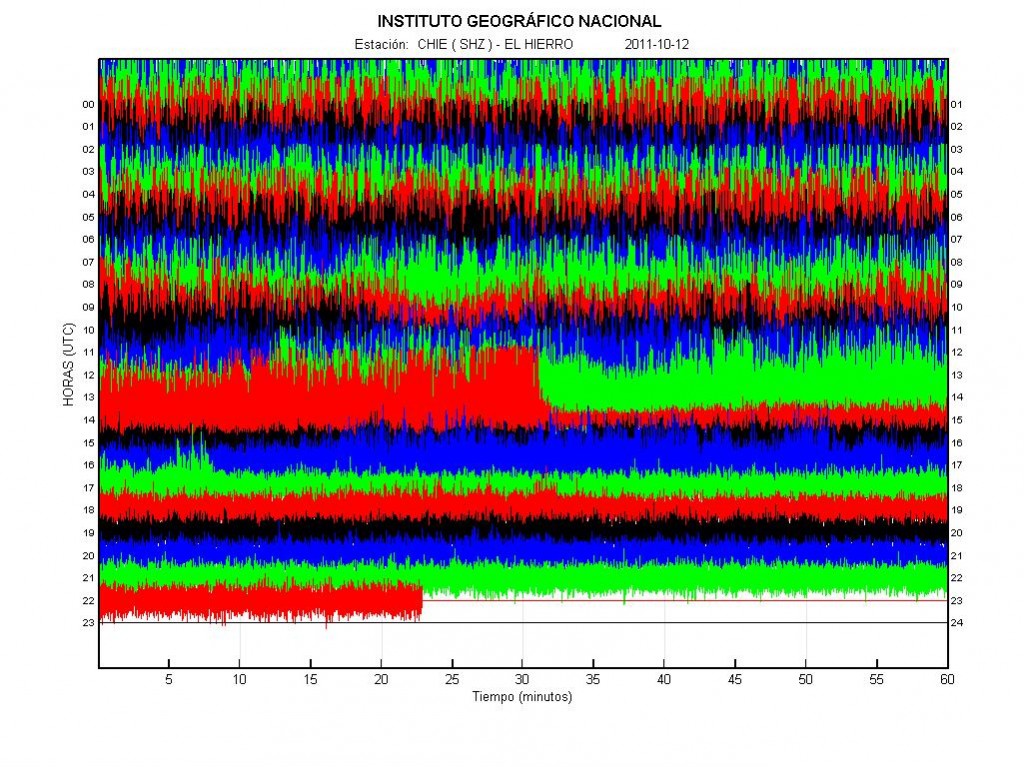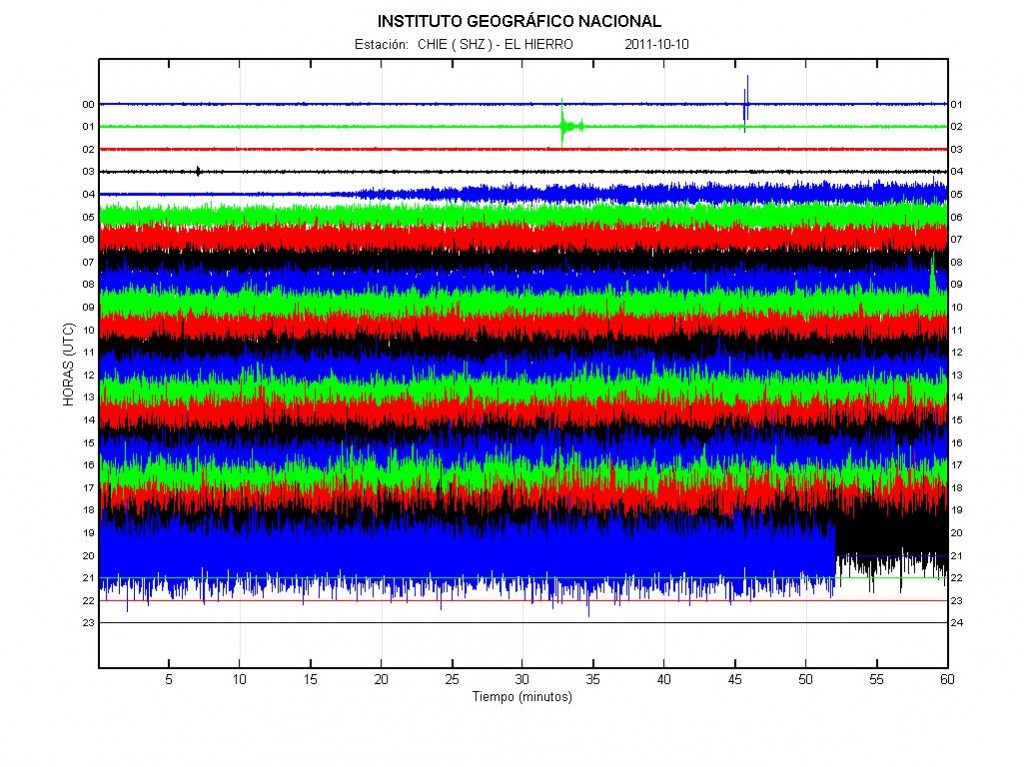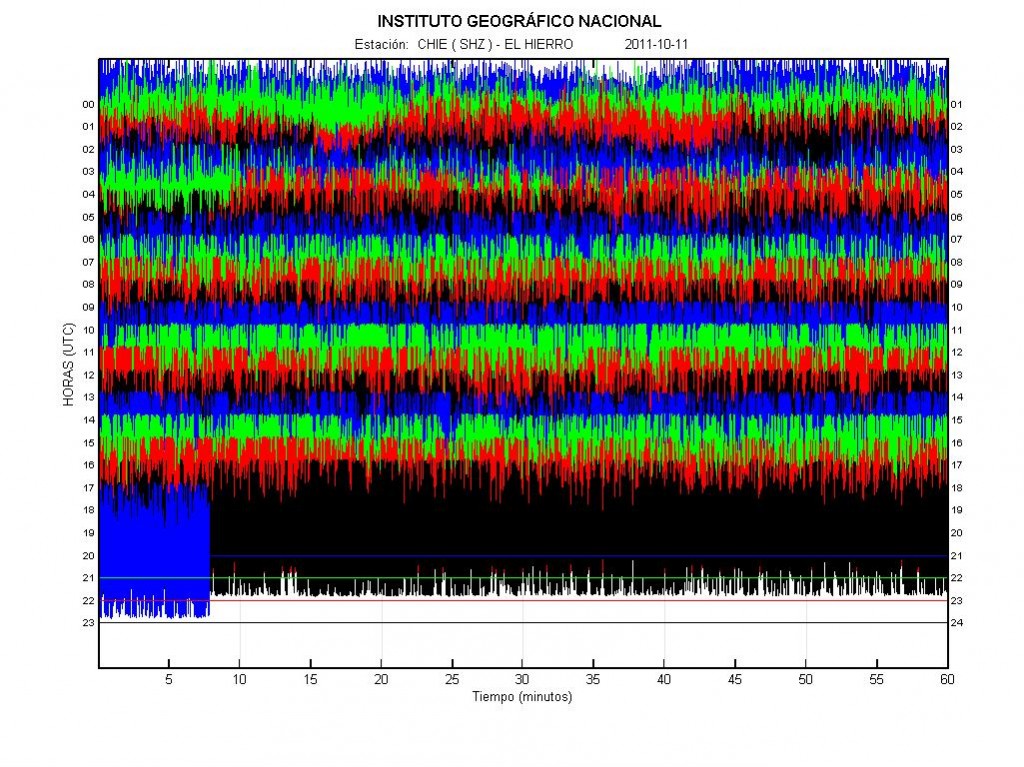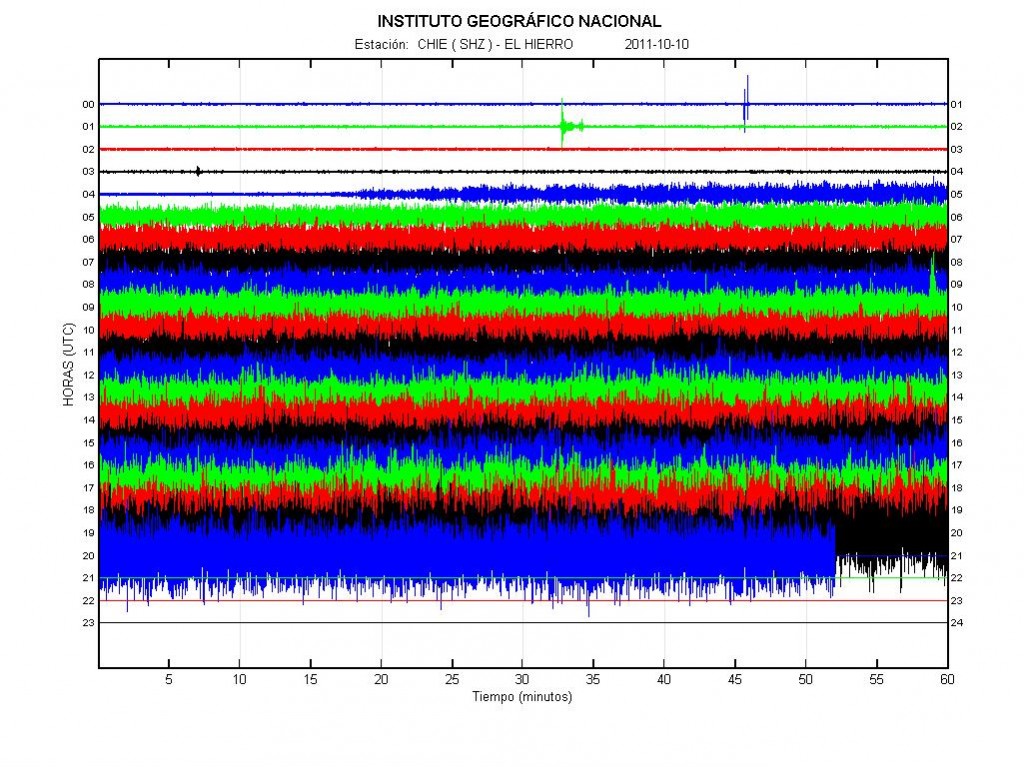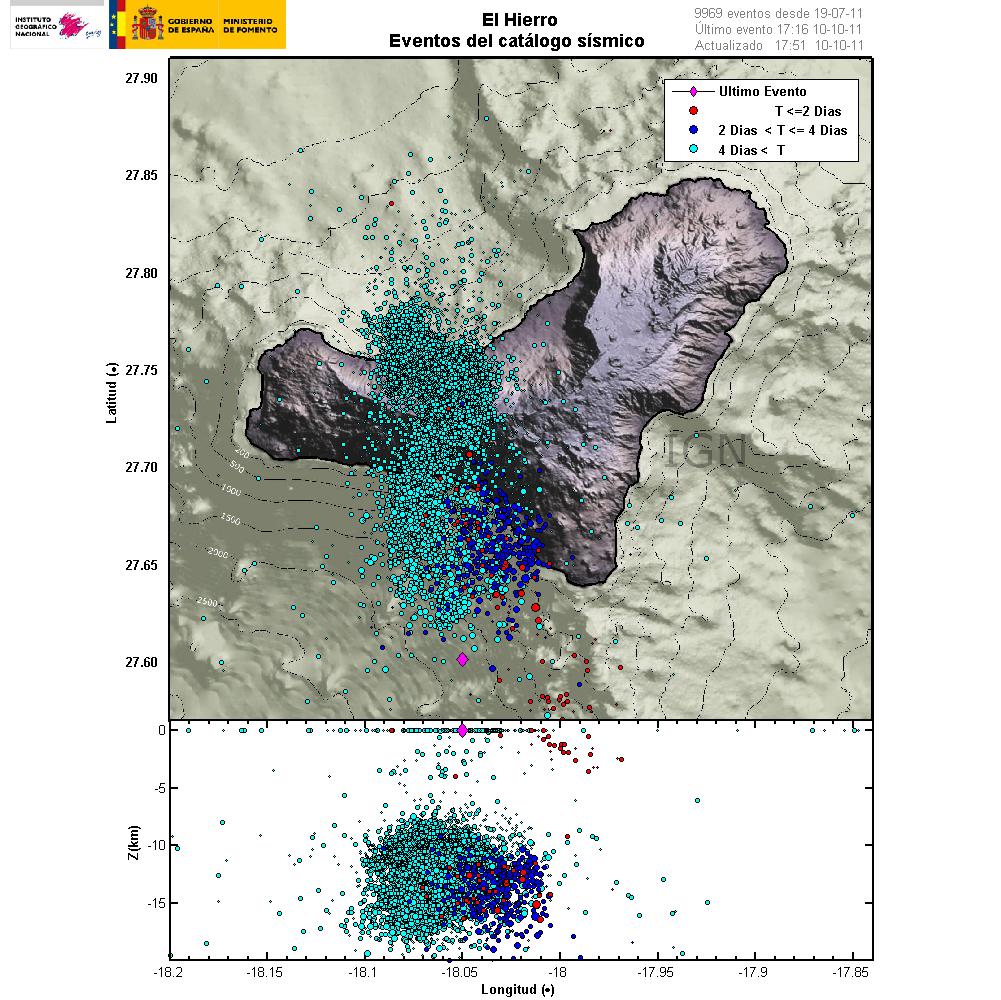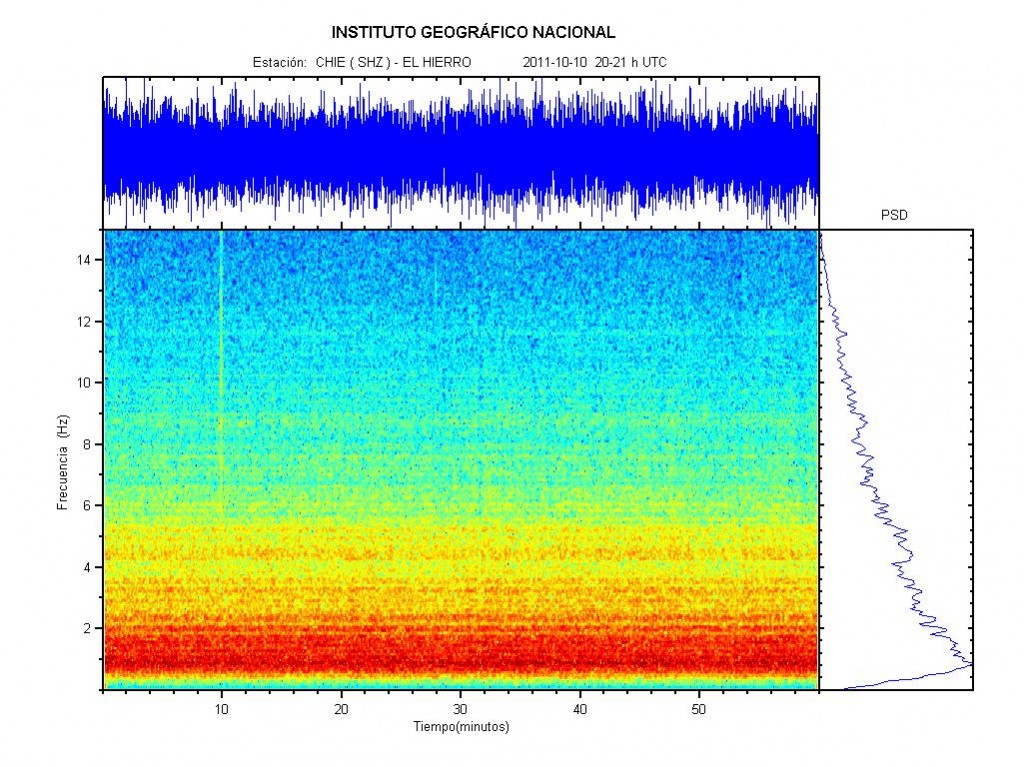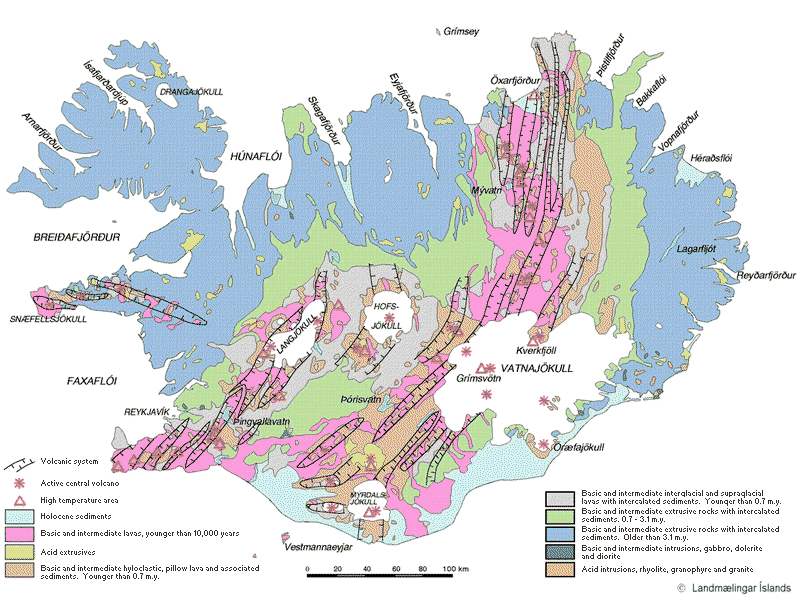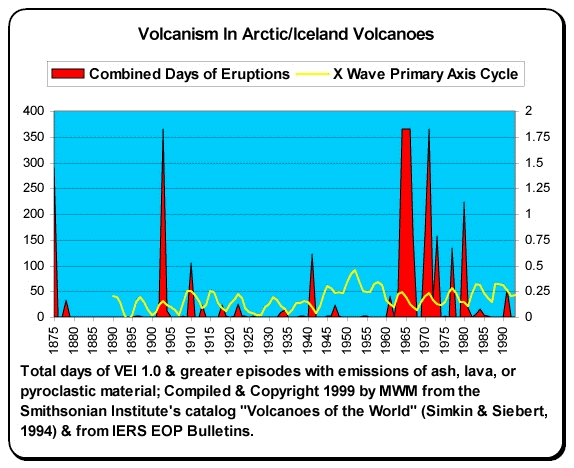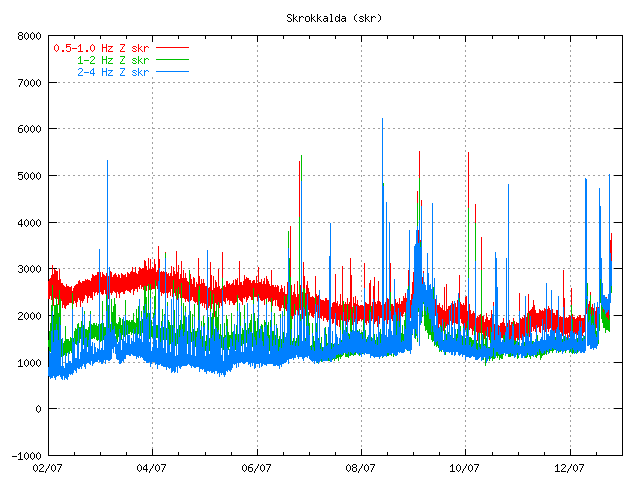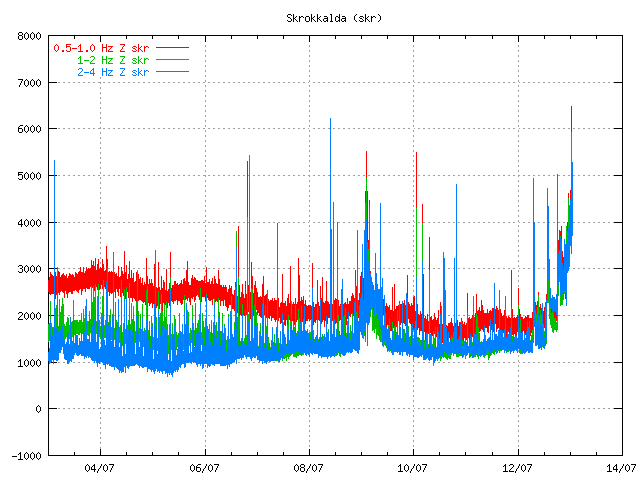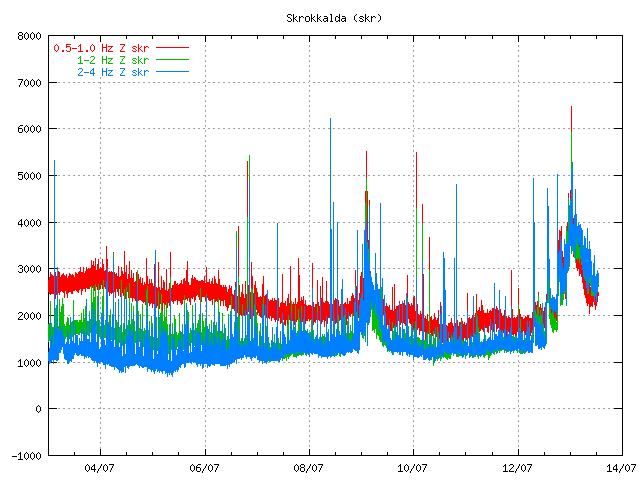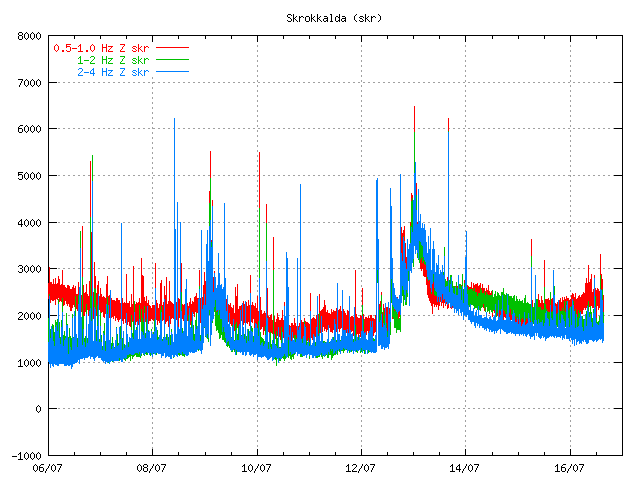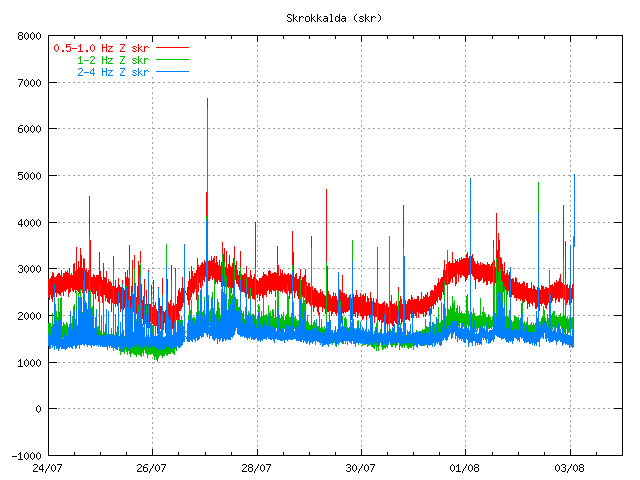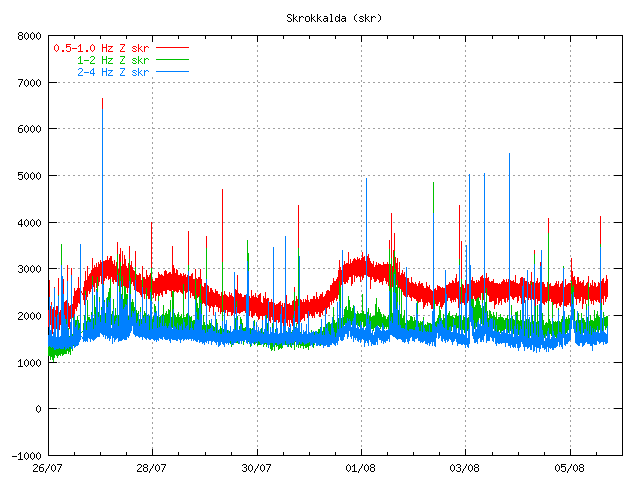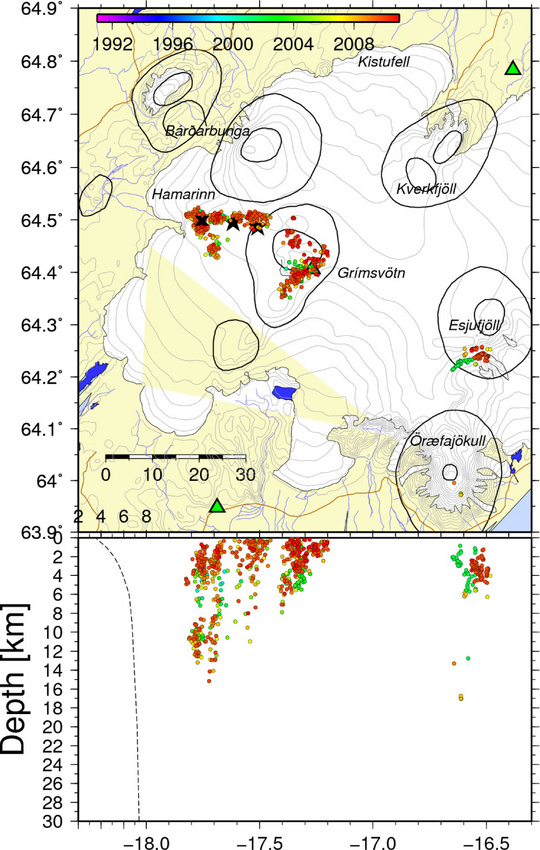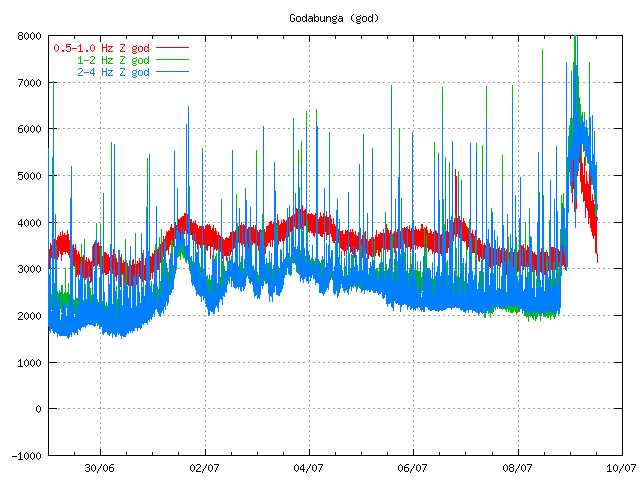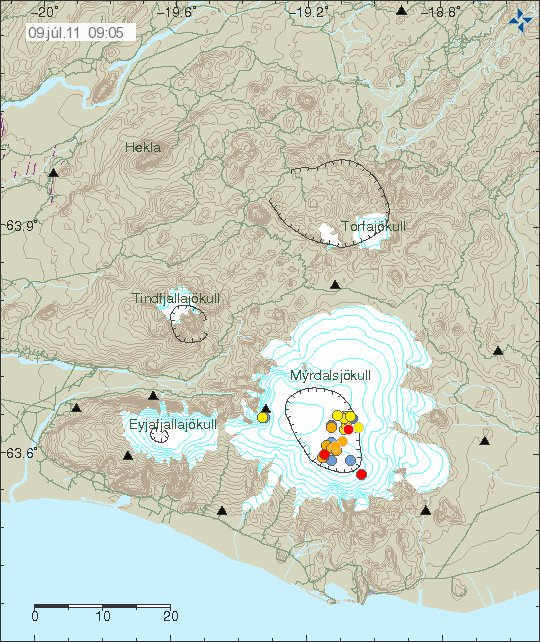I am going to fully integrate Canary Islands into my watch volcano monitoring system in the beginning of next month, but Canary Island won’t be part of my emergency system until I move to Canary Island (that is because of technical reasons mostly). When that happens, blog post regarding earthquake and volcano activity won’t be a special report. Just a normal blog post as with Icelandic volcanoes. I am doing this as I plan on moving to Canary Islands in about 10 years time (+- maybe few years depending on how my plans work out). A name change on this blog is planned in the beginning of the year 2012. But it takes a while for me to think up a new name for this blog.
******
The eruption in El Hierro volcano continues at the same phase as before. With little change so far. Currently the eruption seems to be in two vents, as it did when it started on Monday. There have been unconfirmed reports of new vents opening up closer to the coastline. But given lack of direct evidence that should be there. I do not believe that a new vents have opened up closer to the coastline so far.
Deep earthquake continue in El Hierro volcano. But that means a new magma is coming in from the mantle and is flowing upwards into the volcano. For long as deep earthquakes are being recorded the eruption is going to continue. It is impossible to know for how long this inflow of magma from the mantle is going to continue. But this means that the eruption is going to continue for time being. With the risk that new vents might open up at any time on and around El Hierro volcano. This inflow of new magma has also been confirmed by GPS measurements on El Hierro volcano (the island). But since the eruption did start, no major change has been seen on the GPS real time data.
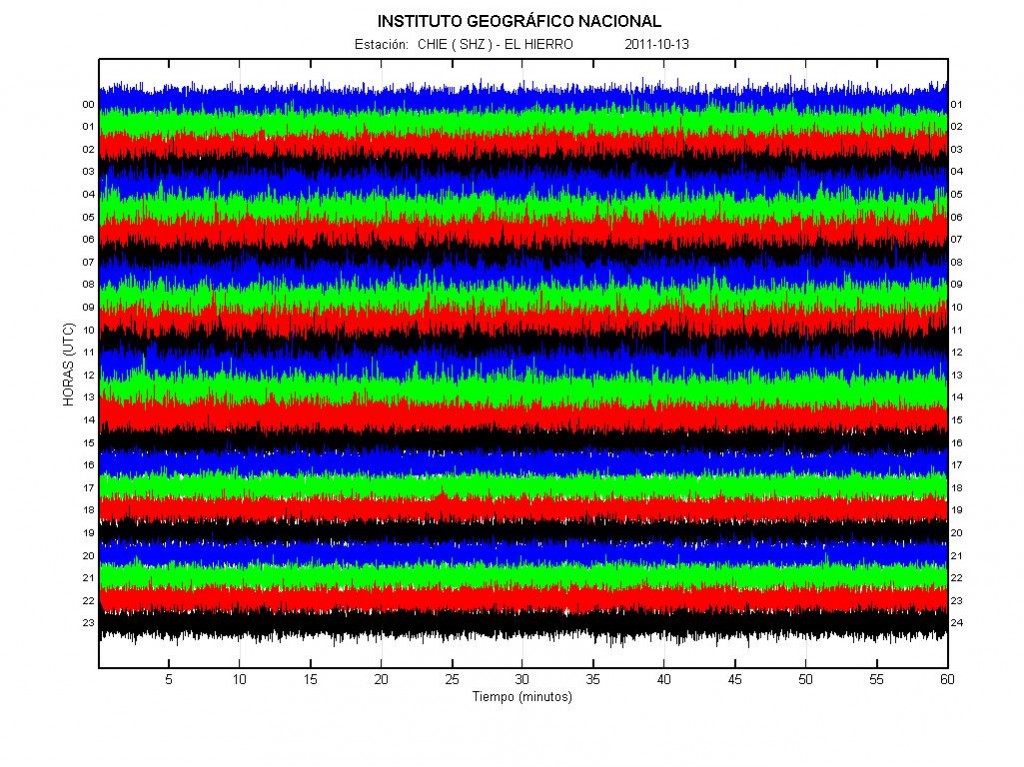
The harmonic tremor in El Hierro volcano yesterday. Copyright of this picture belongs to Instituto Geográfico Nacional.
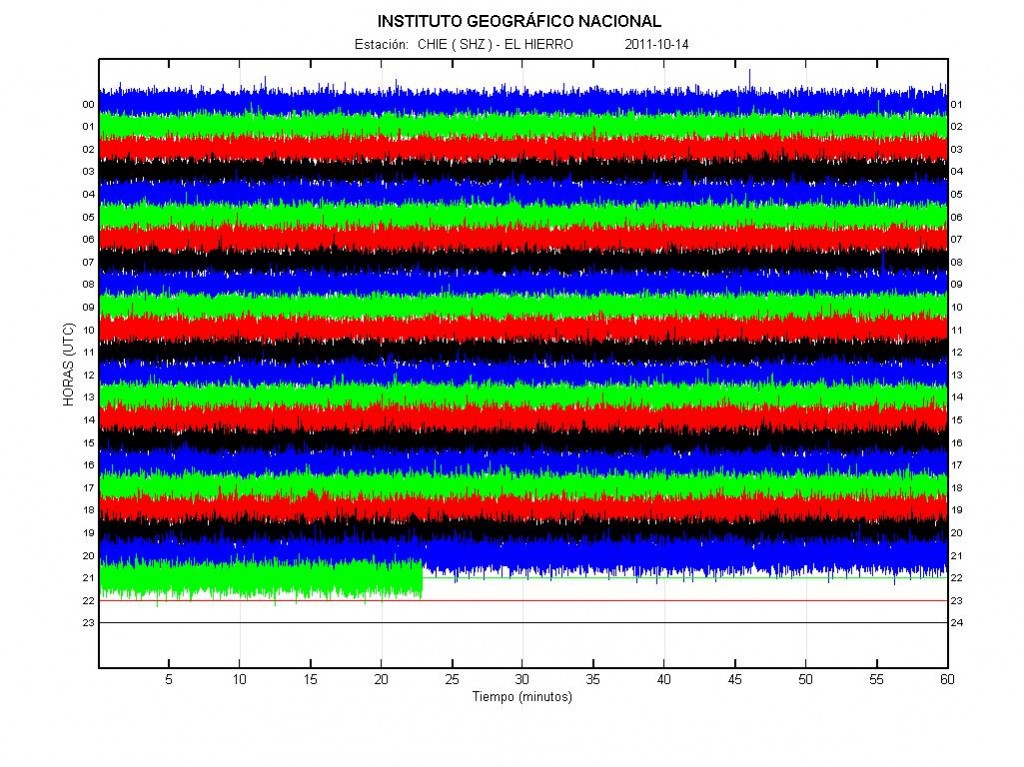
The harmonic tremor in El Hierro volcano today (until 21:20 UTC about). As can be seen by comparing the pictures between today and yesterday. Not much has changed since yesterday in terms or harmonic tremor. Copyright of this picture belongs to Instituto Geográfico Nacional.
If a eruption vents open up on a land. The following eruption is going to be lava only. No volcano ash and no explosions as El Hierro is a shield volcano like the one on Hawaii and that means only lava eruptions. If a eruption vents opens up on the shallow coastline, there are going to be explosions for as long the ocean water can get into the crater. The moment it closes up the explosions stop and lava eruptions starts.
Please note that I am on slow internet connection (3G). So I am not going to post anything if the internet connection is really slow, as sometimes seems to happen. I am going to try and solve this issue by using my 3G phone and connect that way. At least I am going to try and see what happens.
Blog post updated at 03:20 UTC on the 15 October, 2011.

